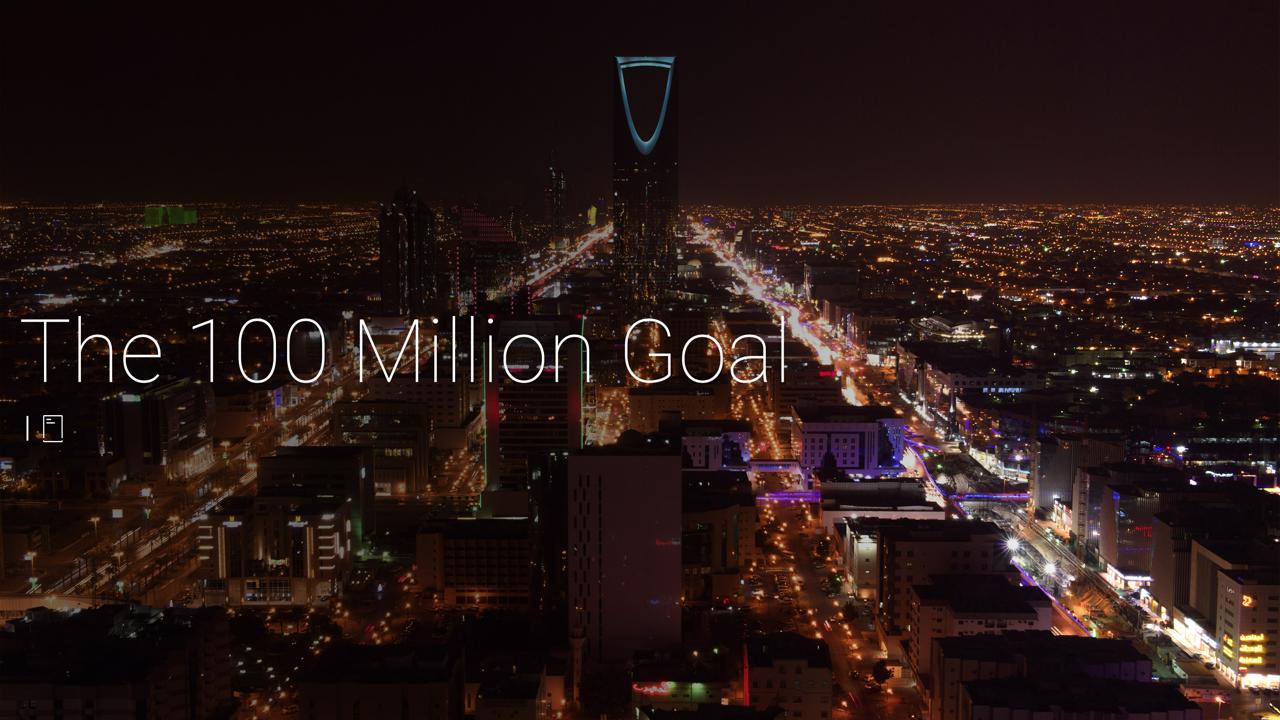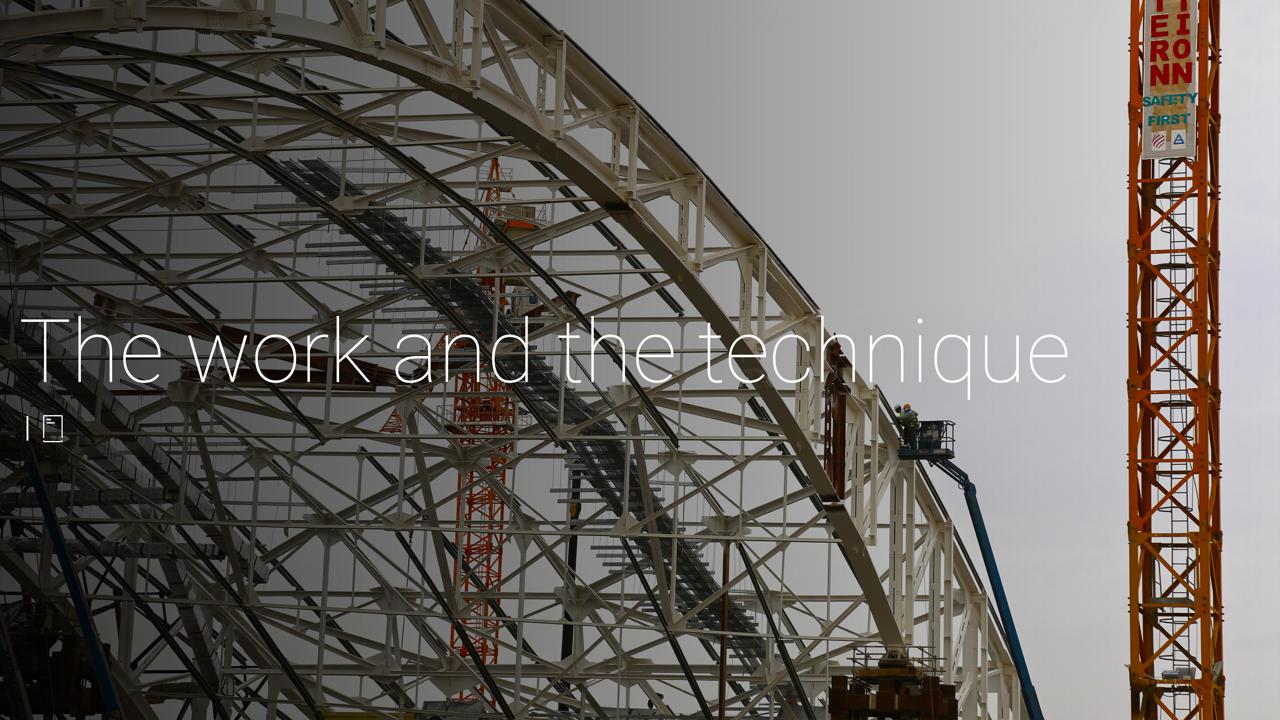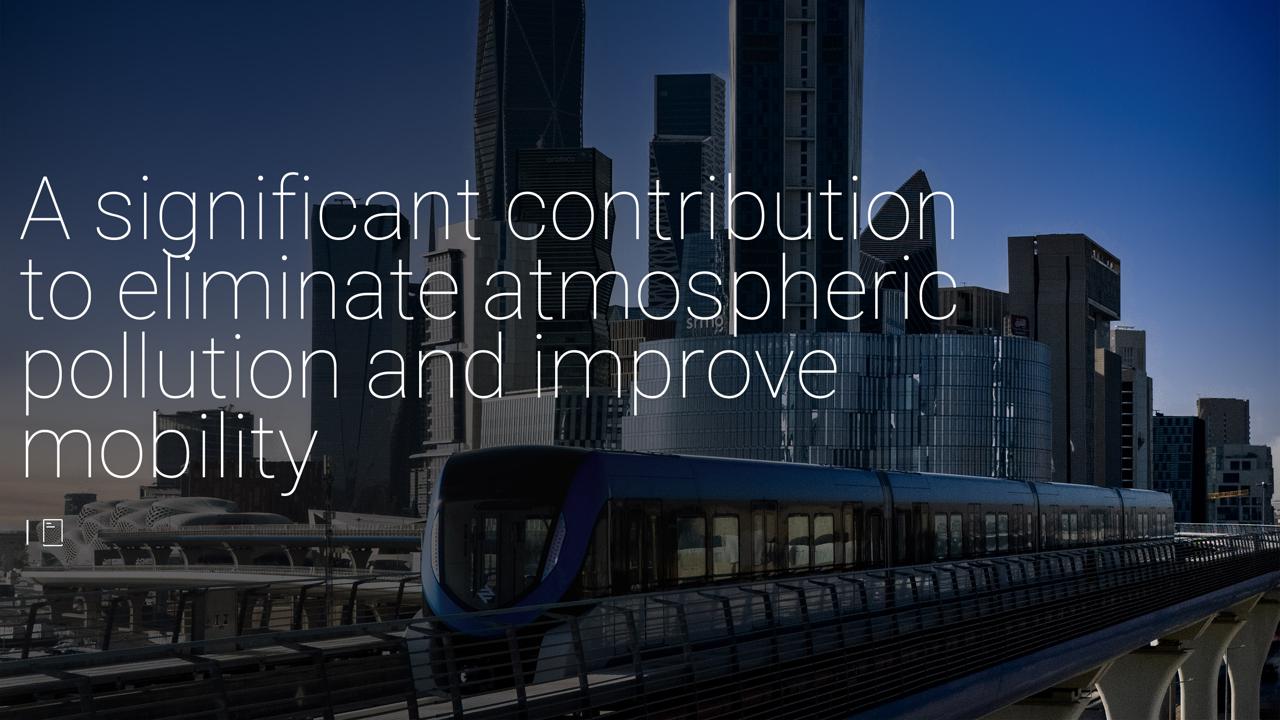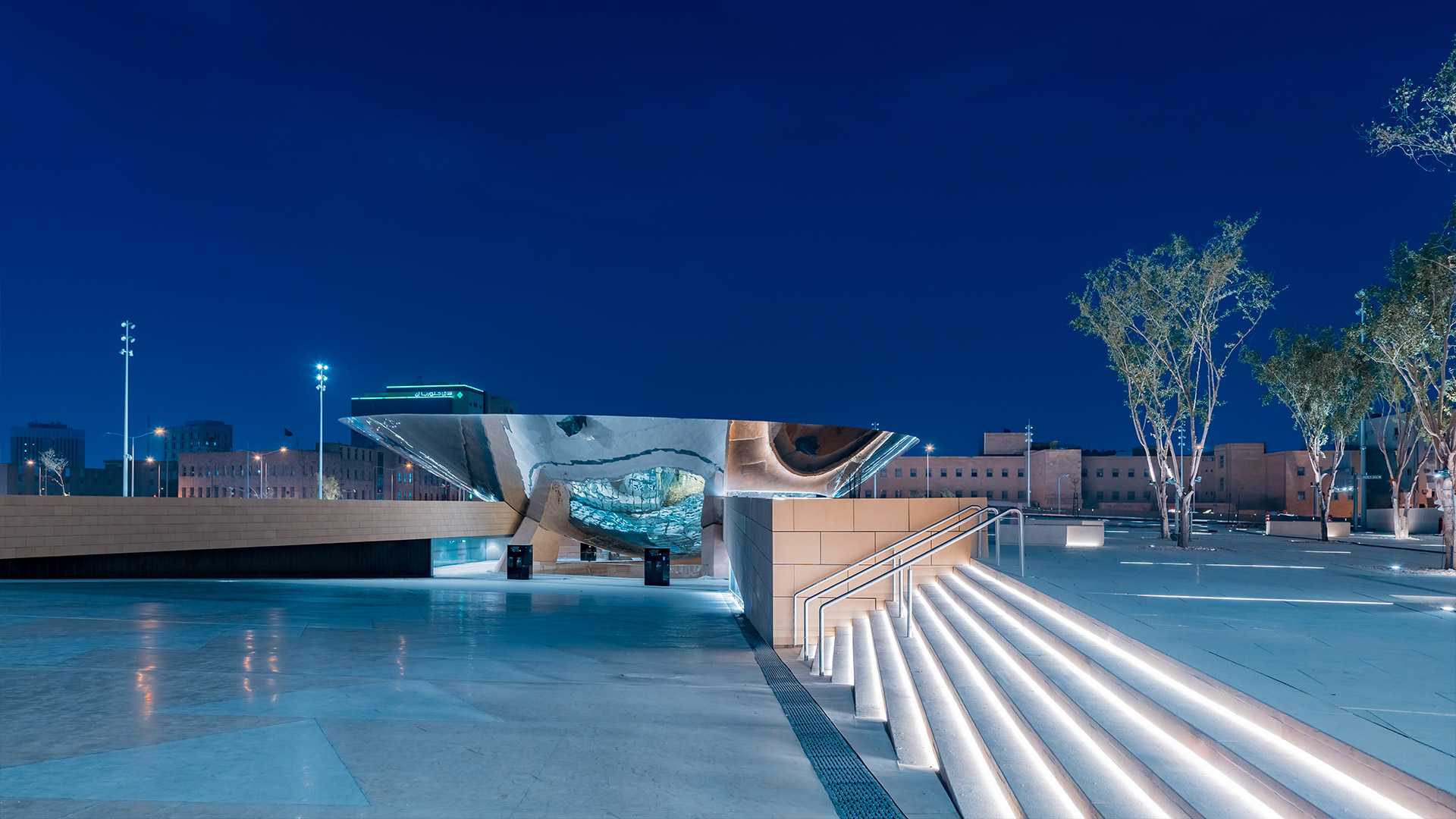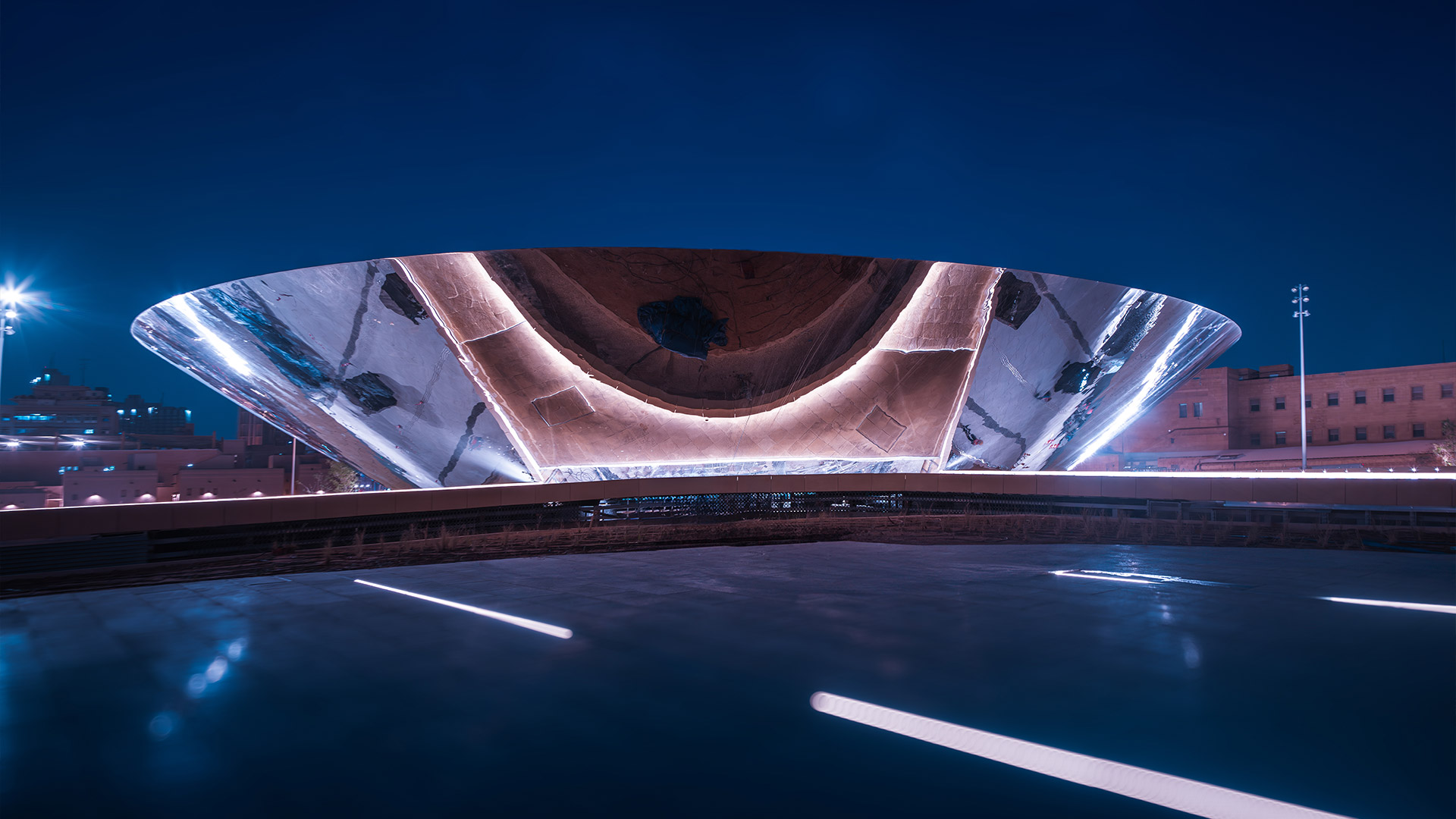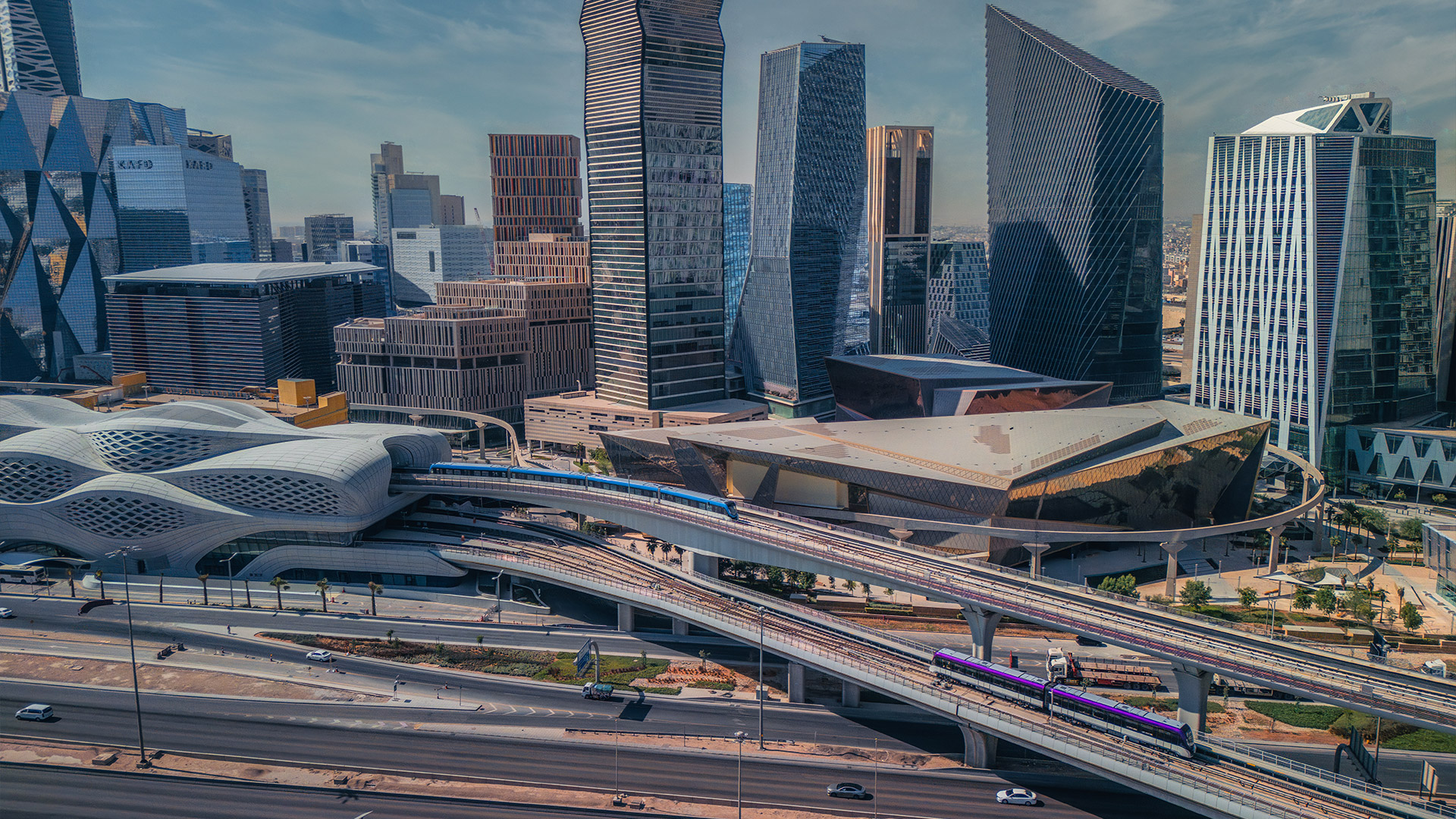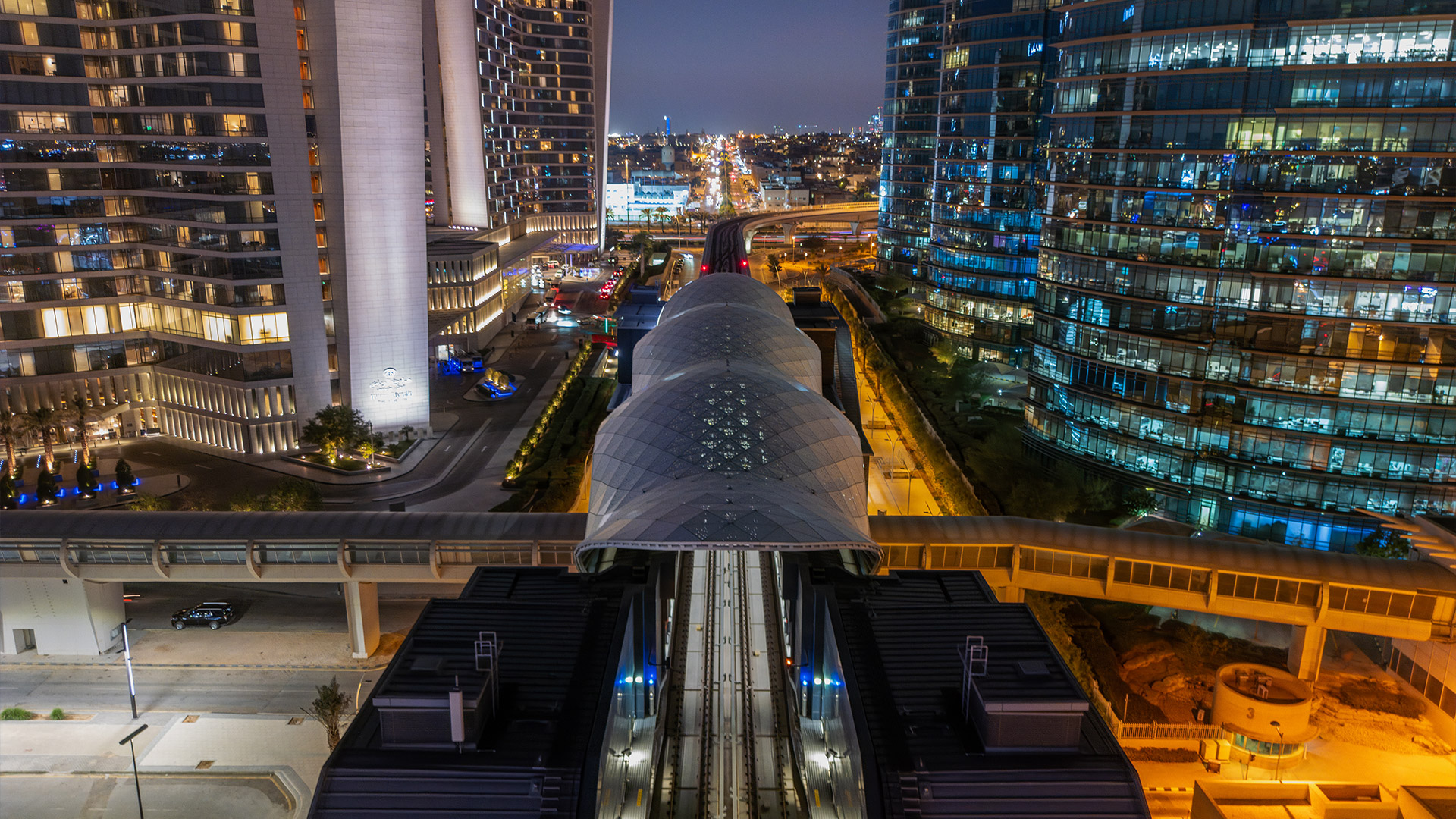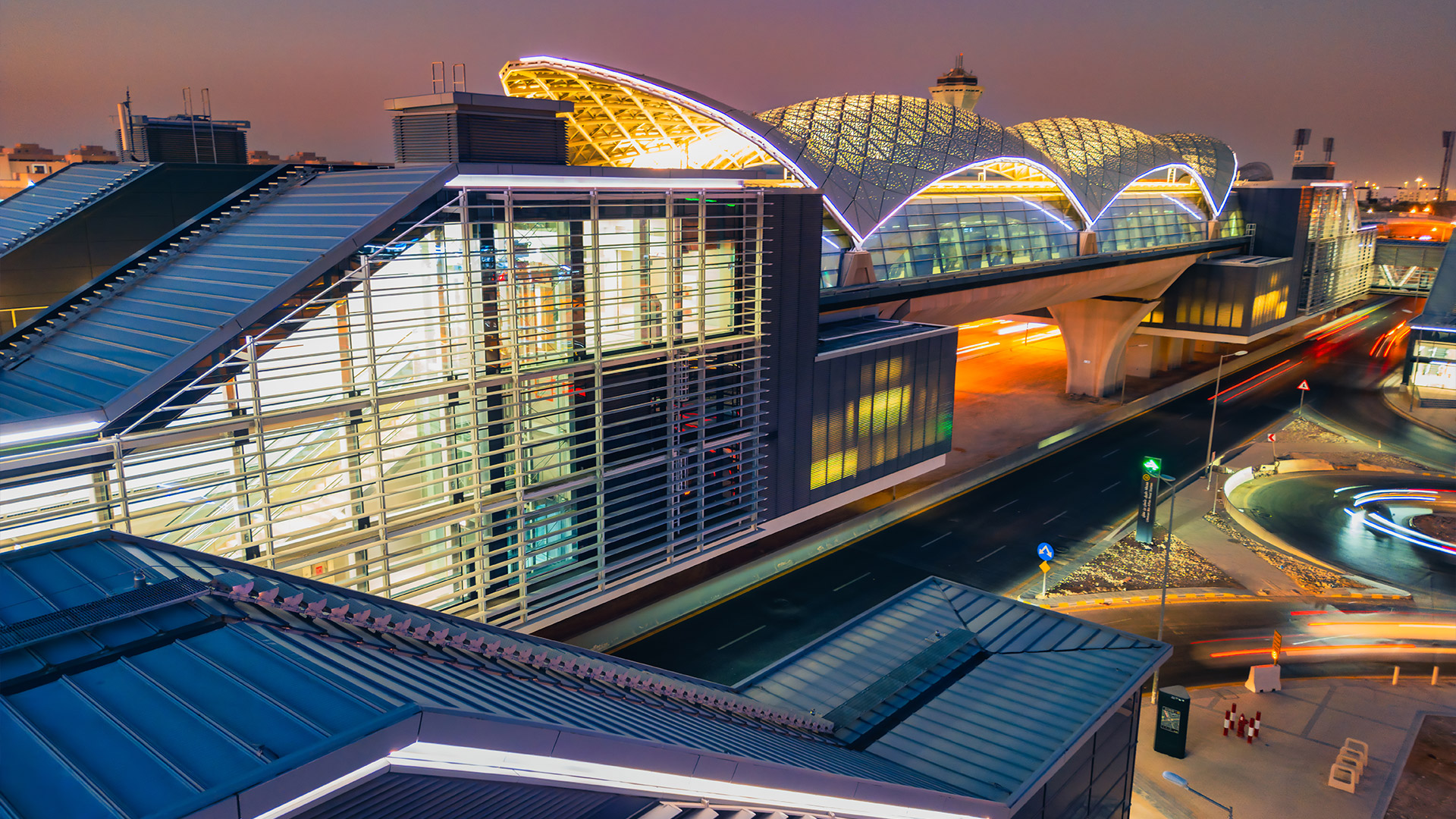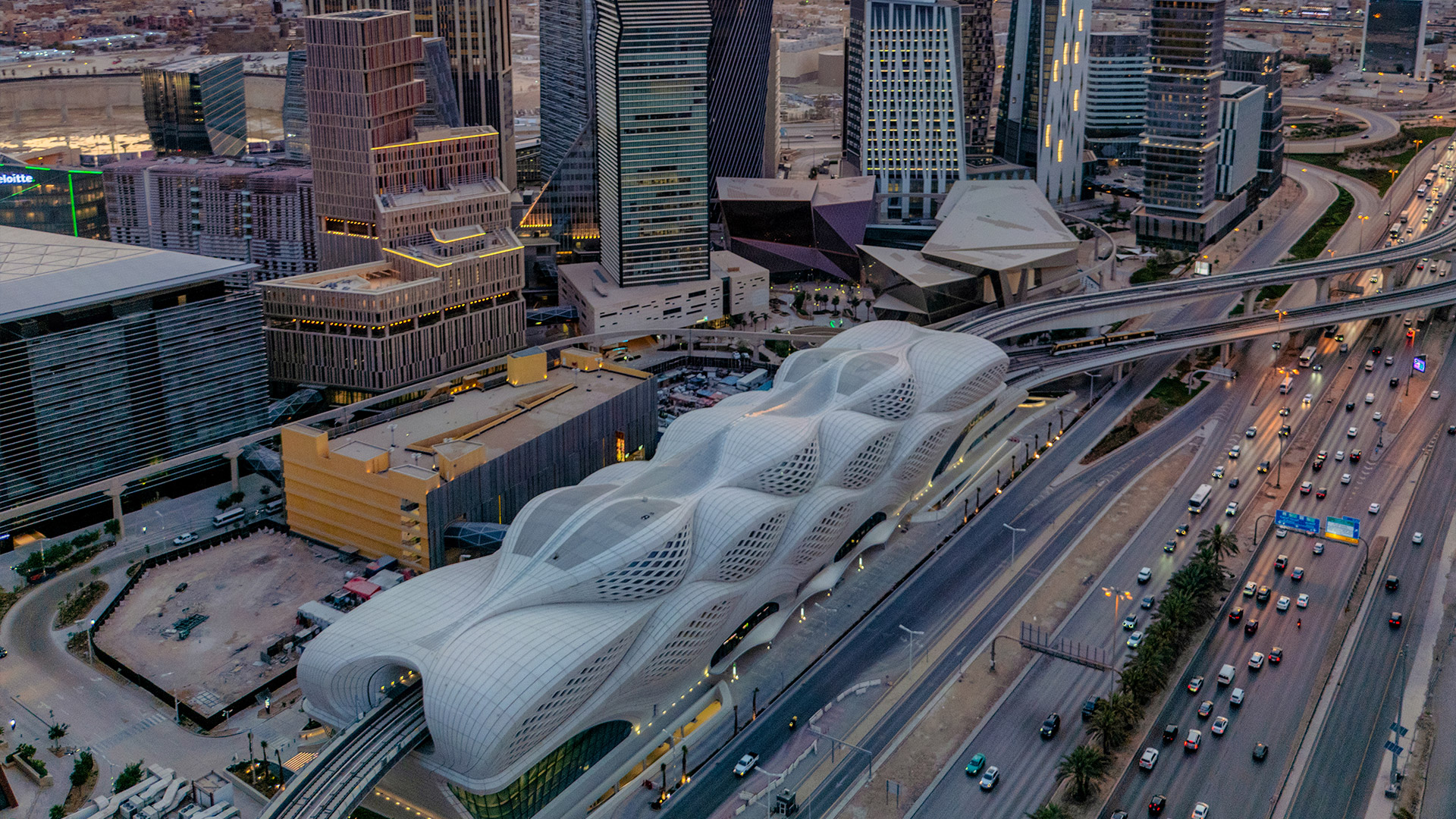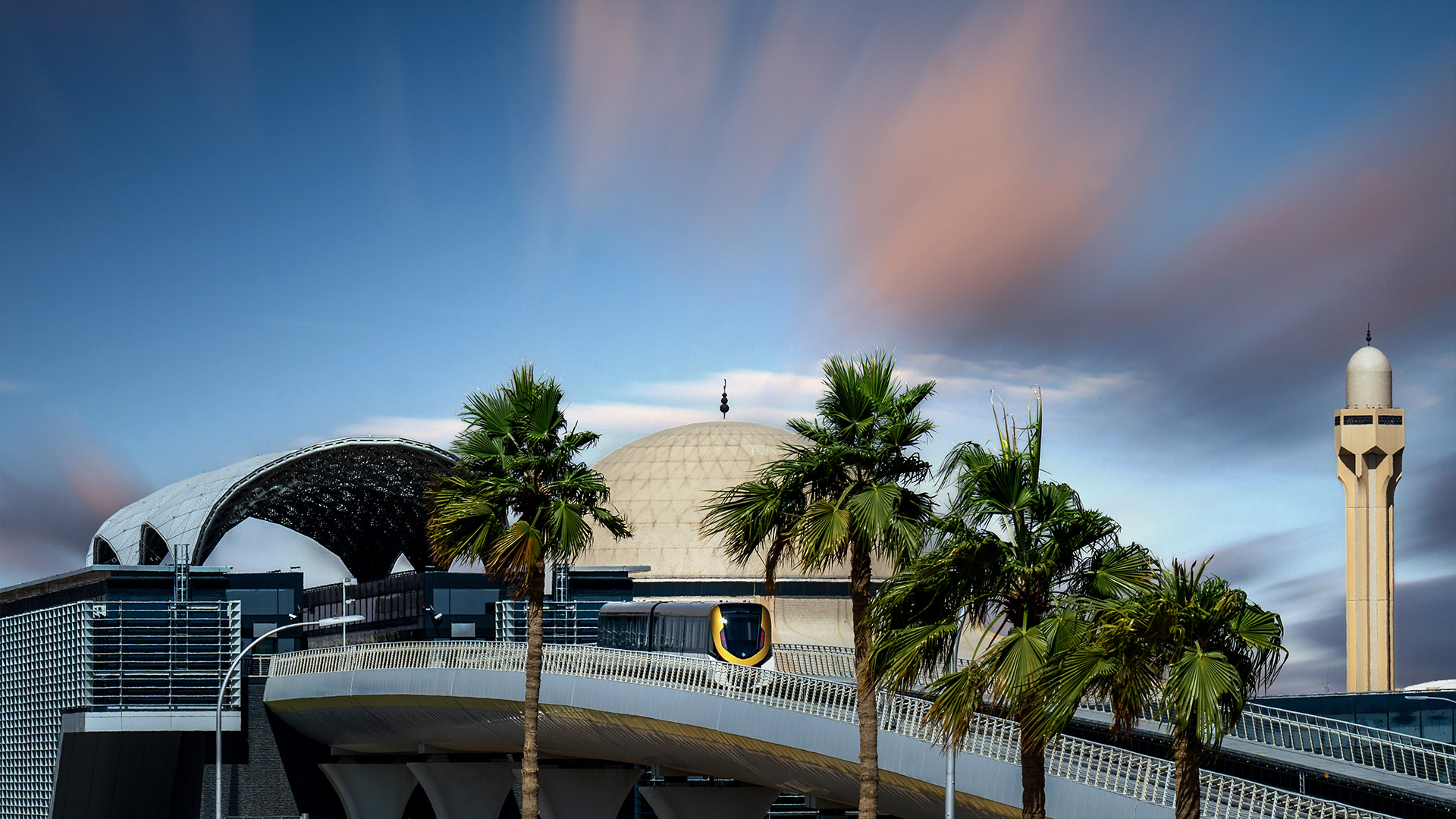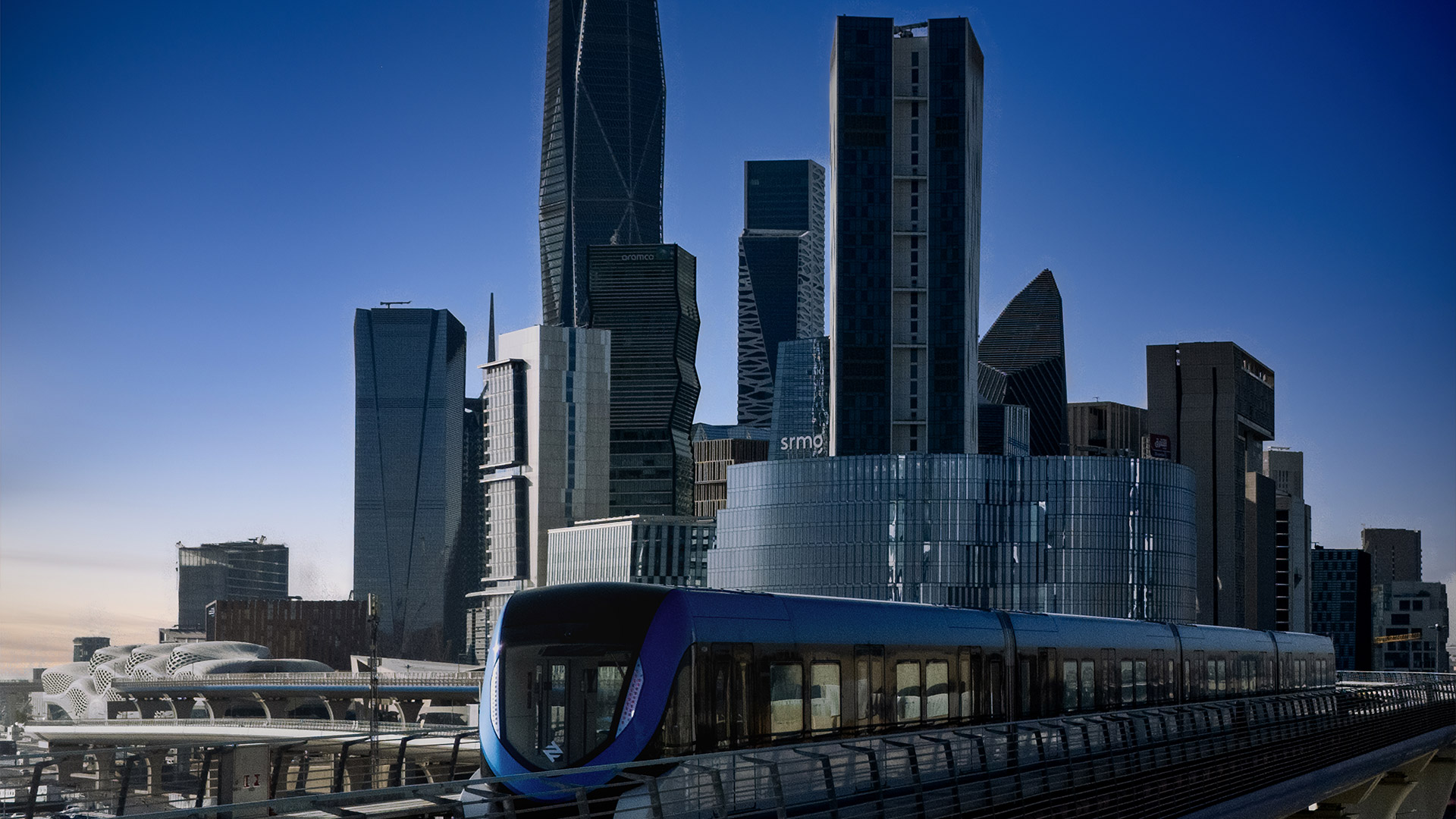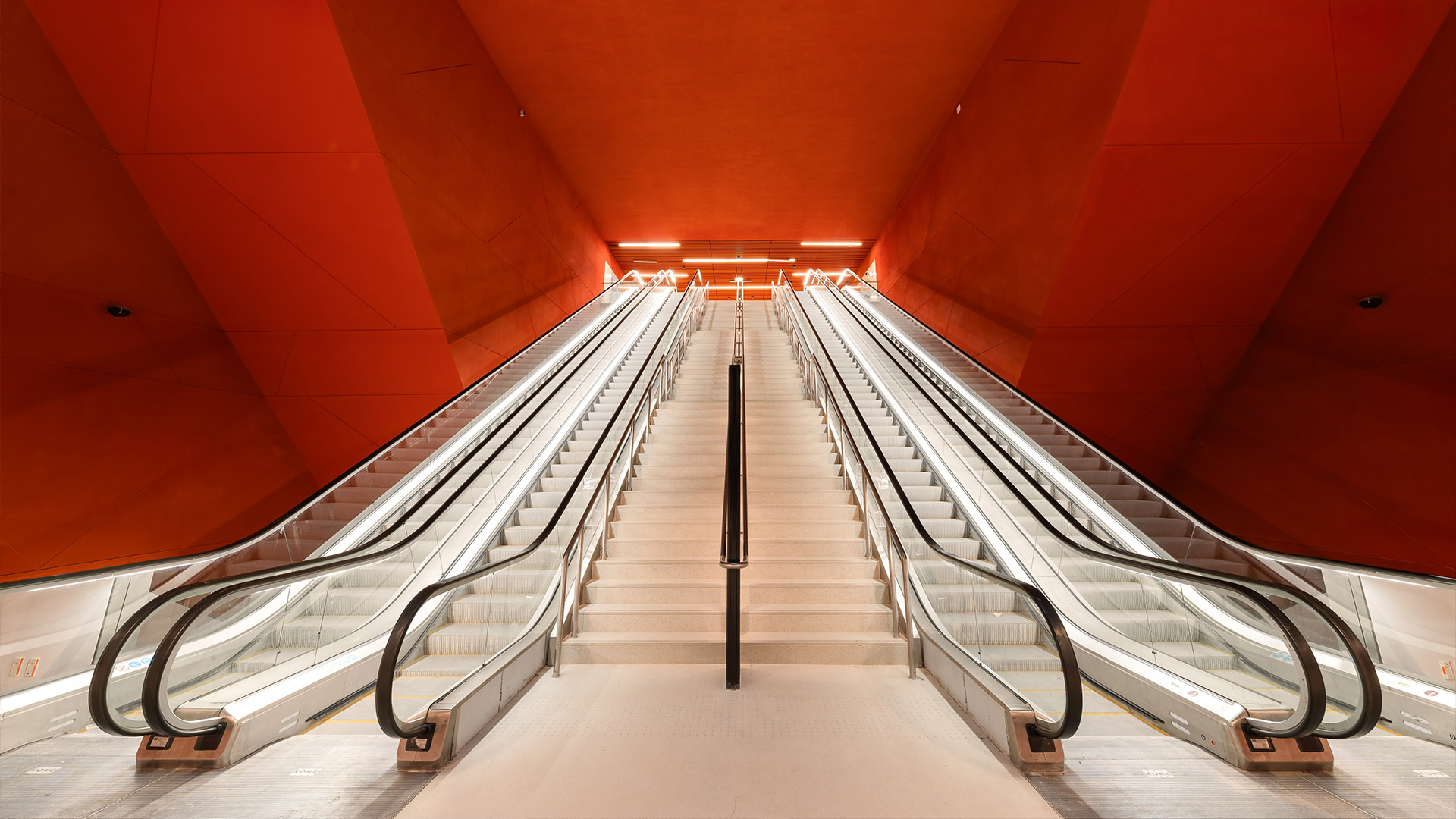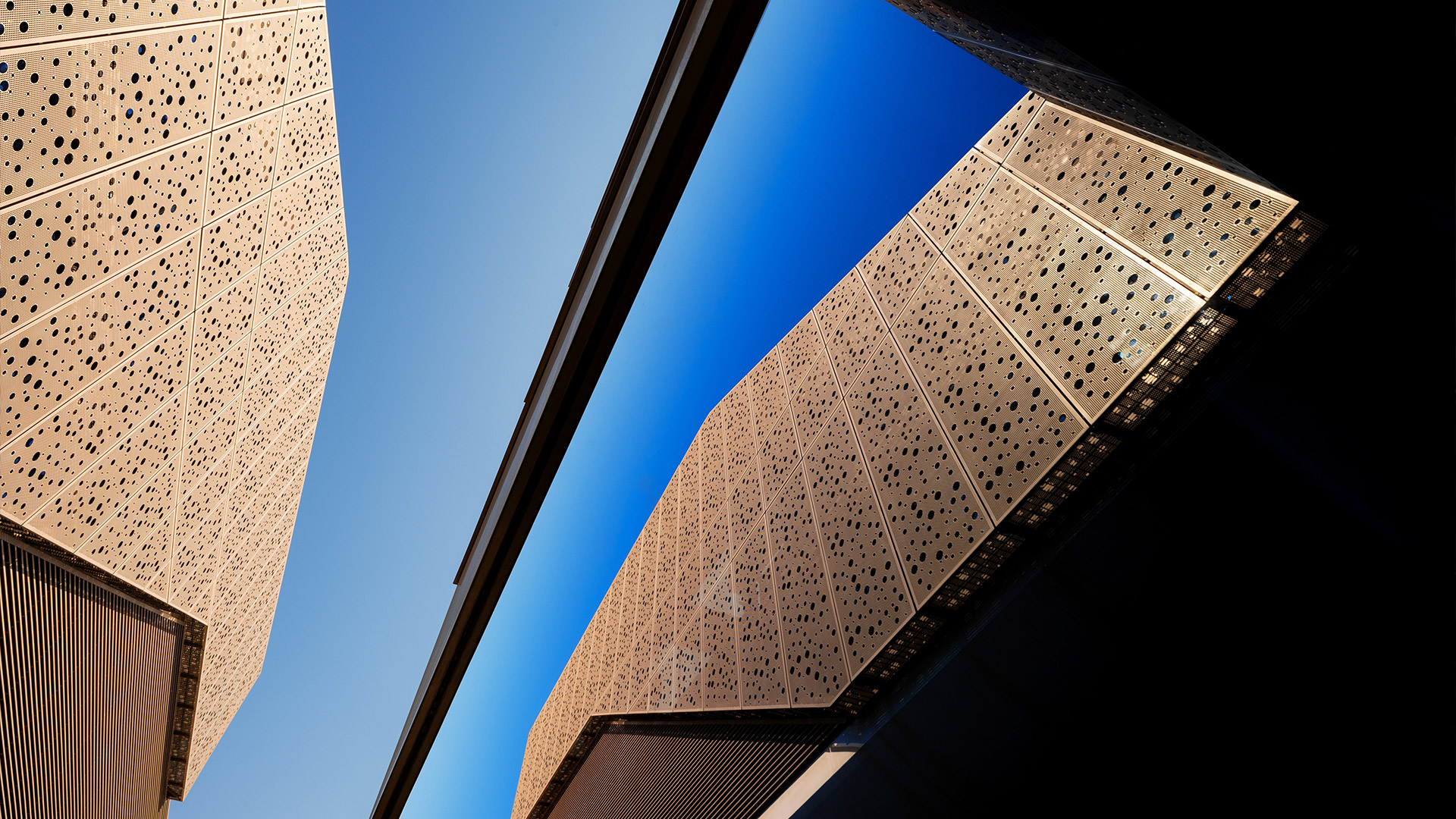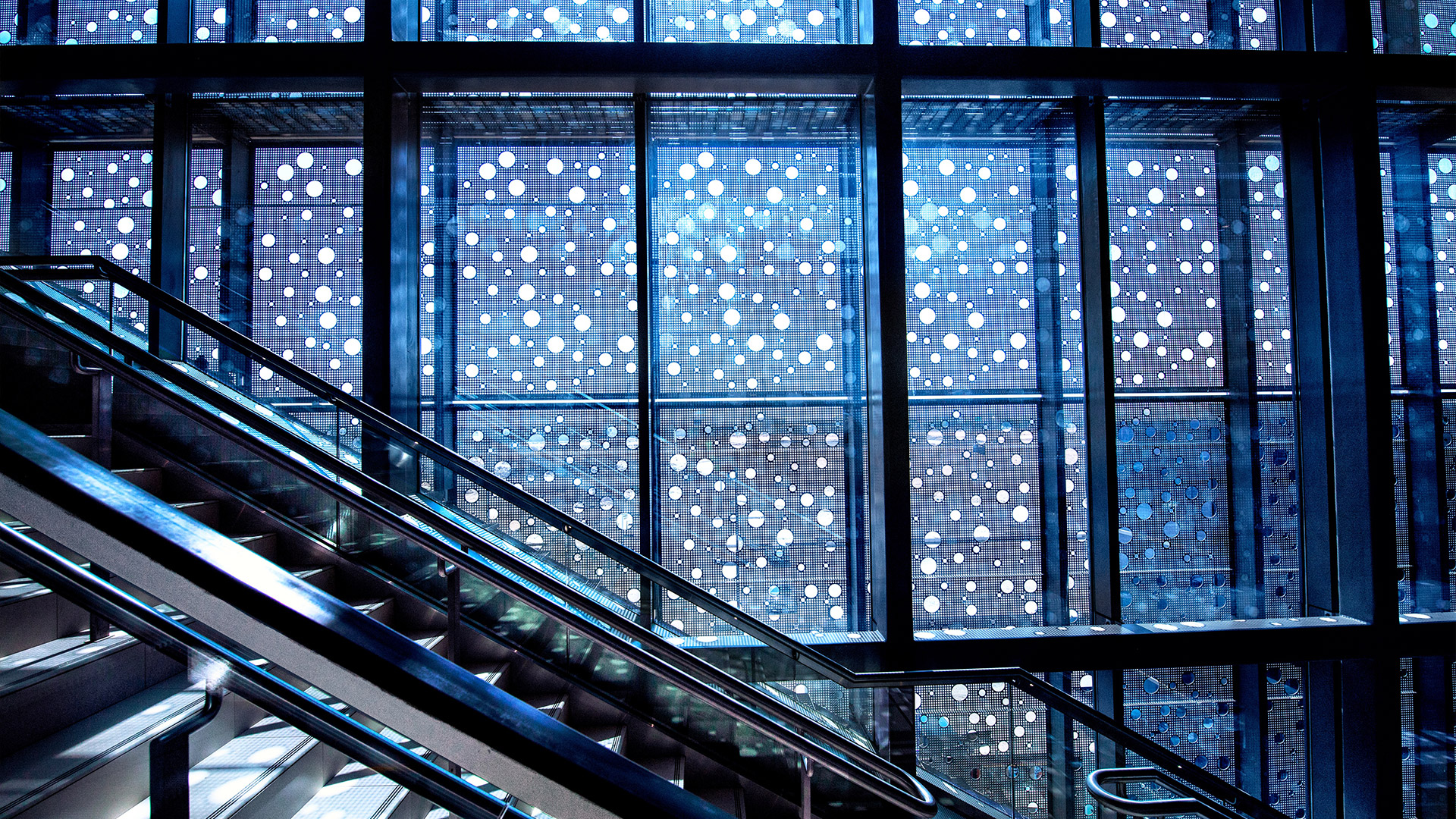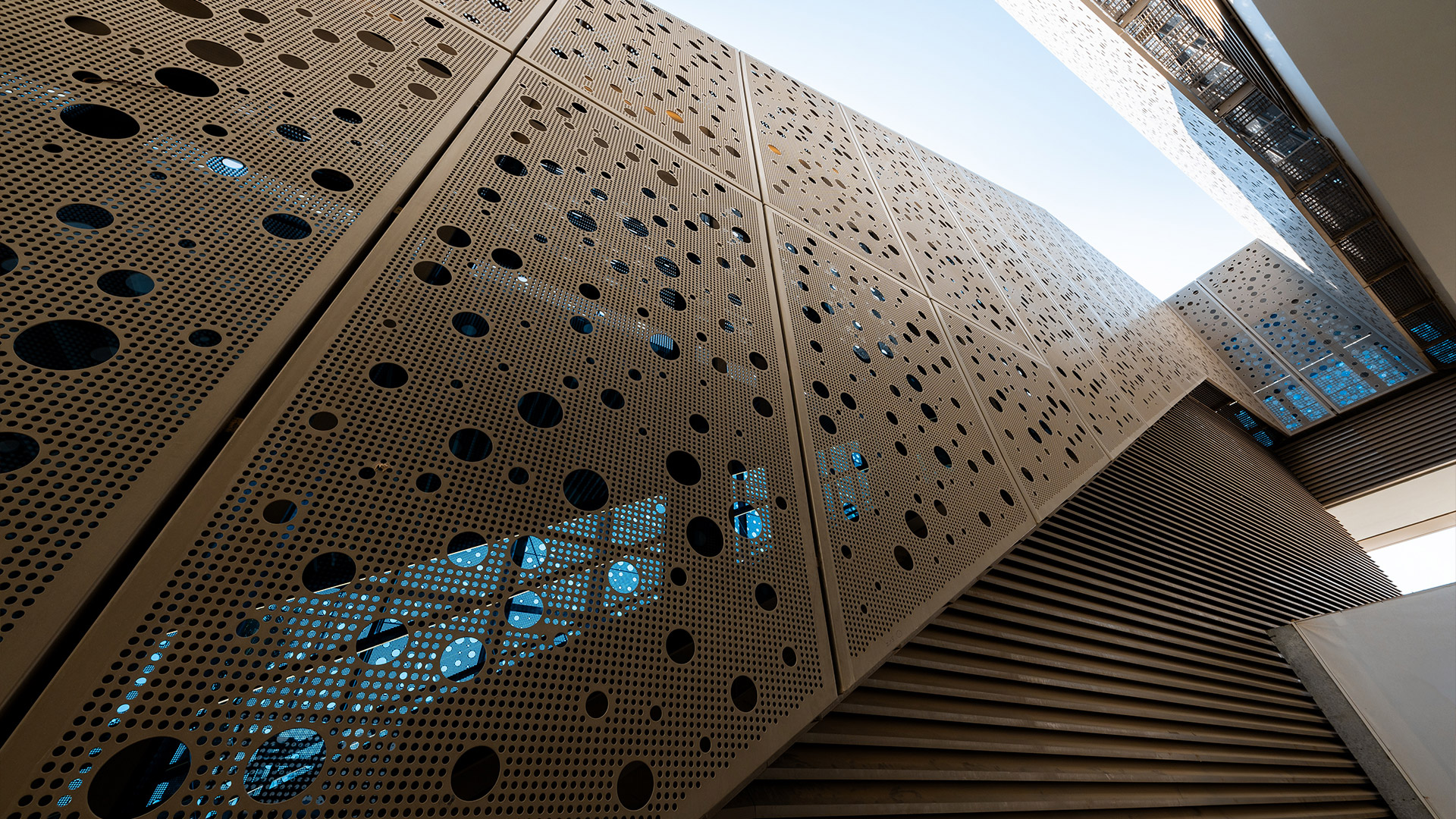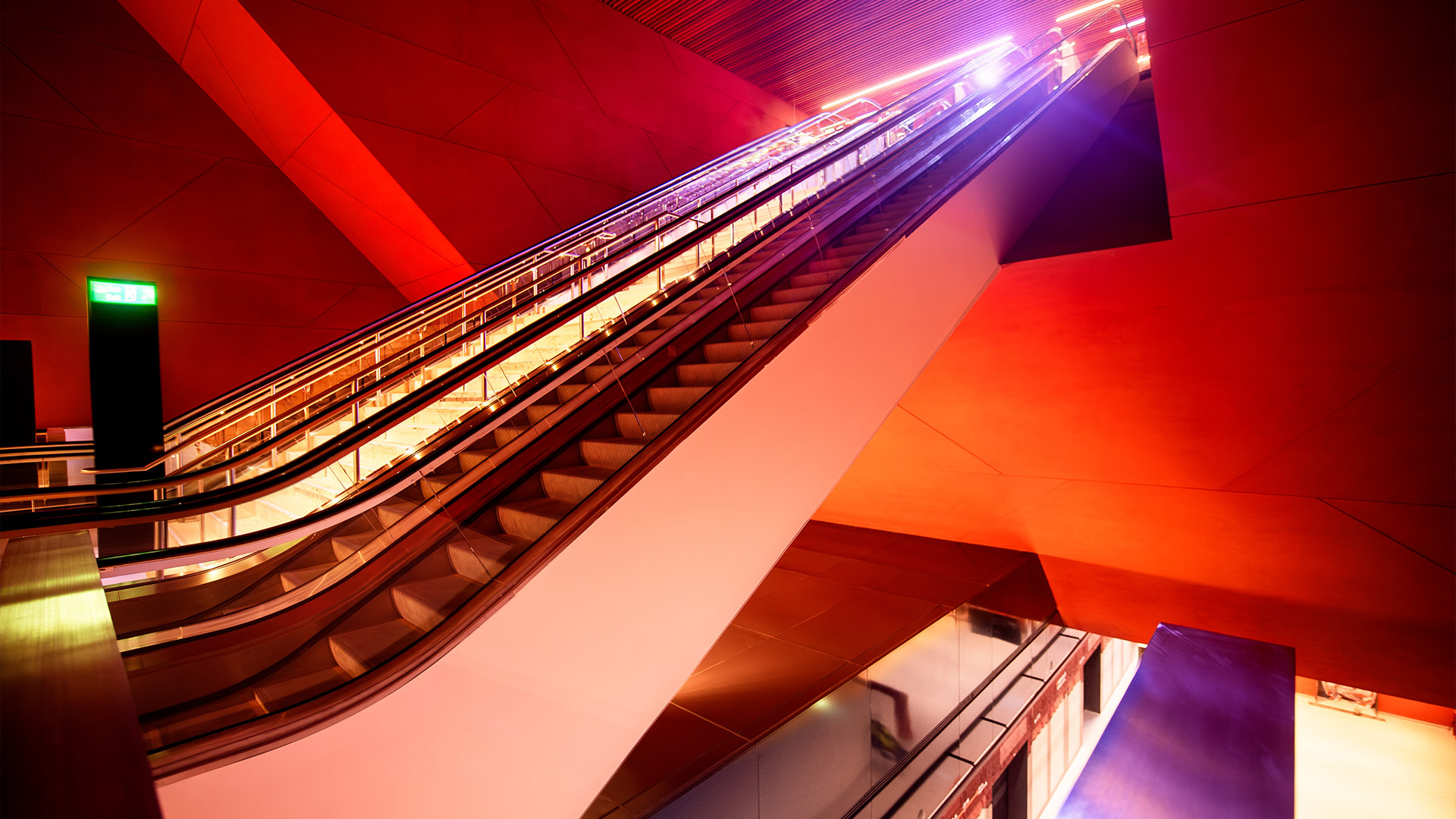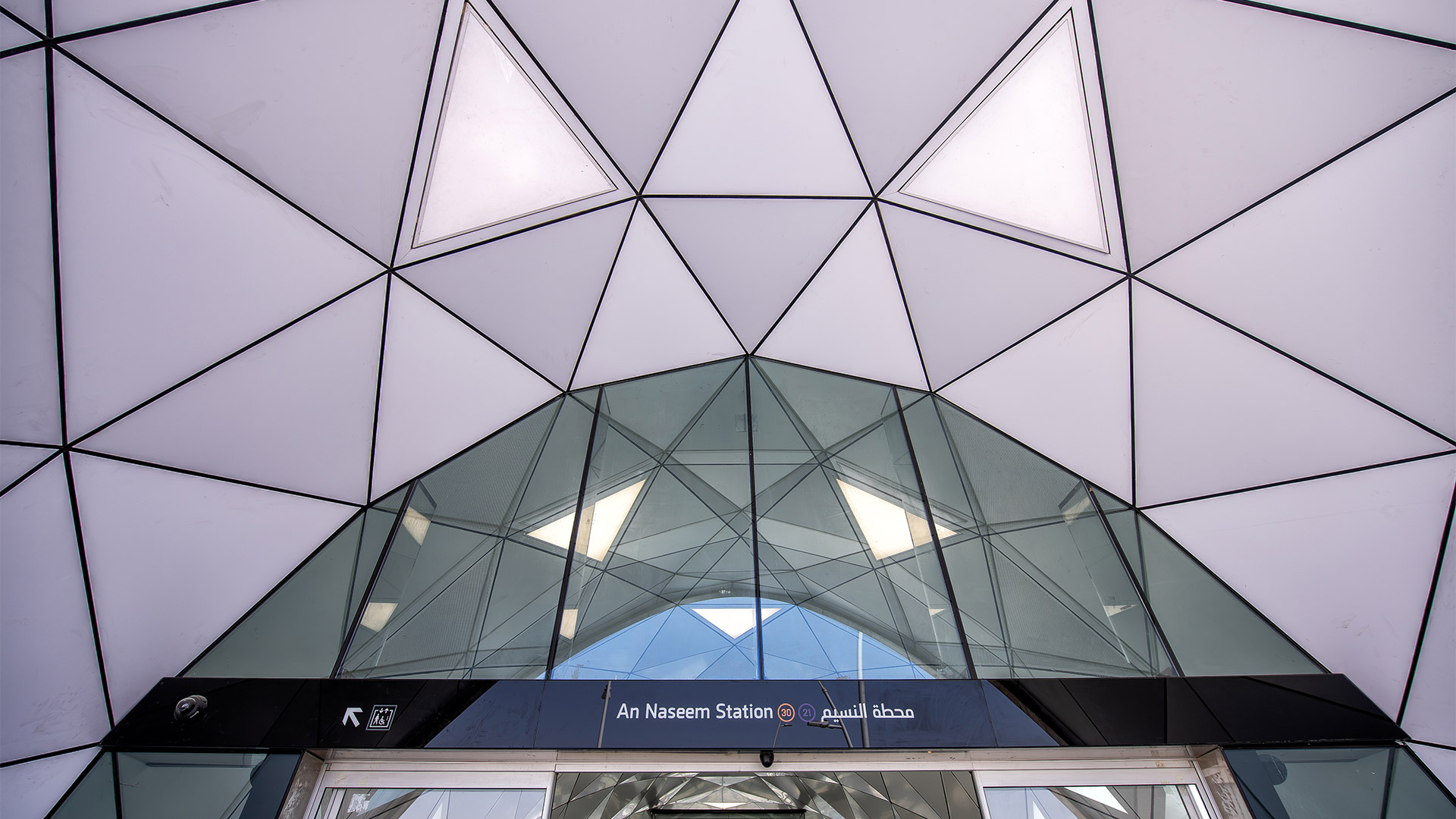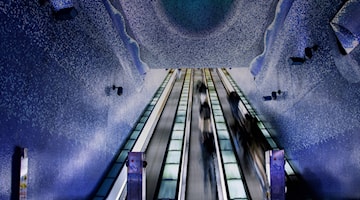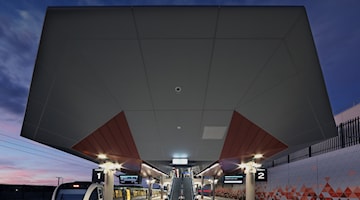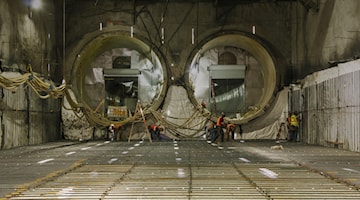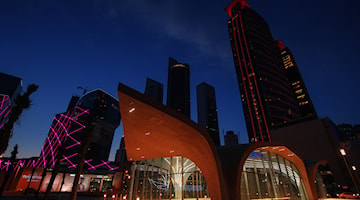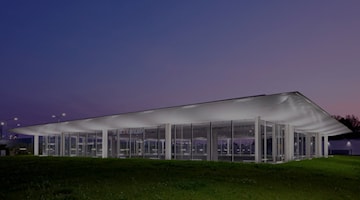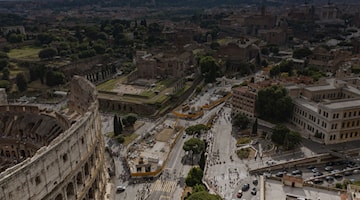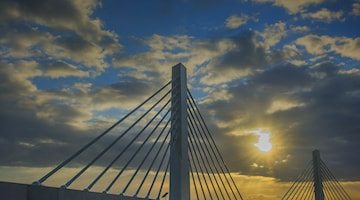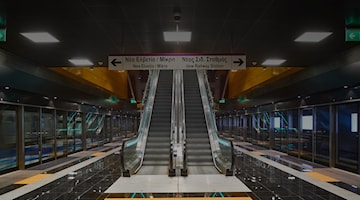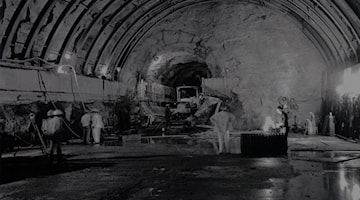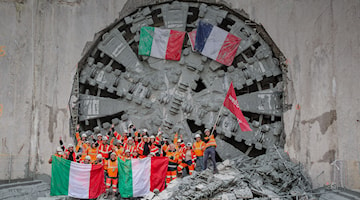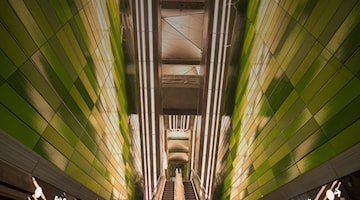A thousand and one metro lines
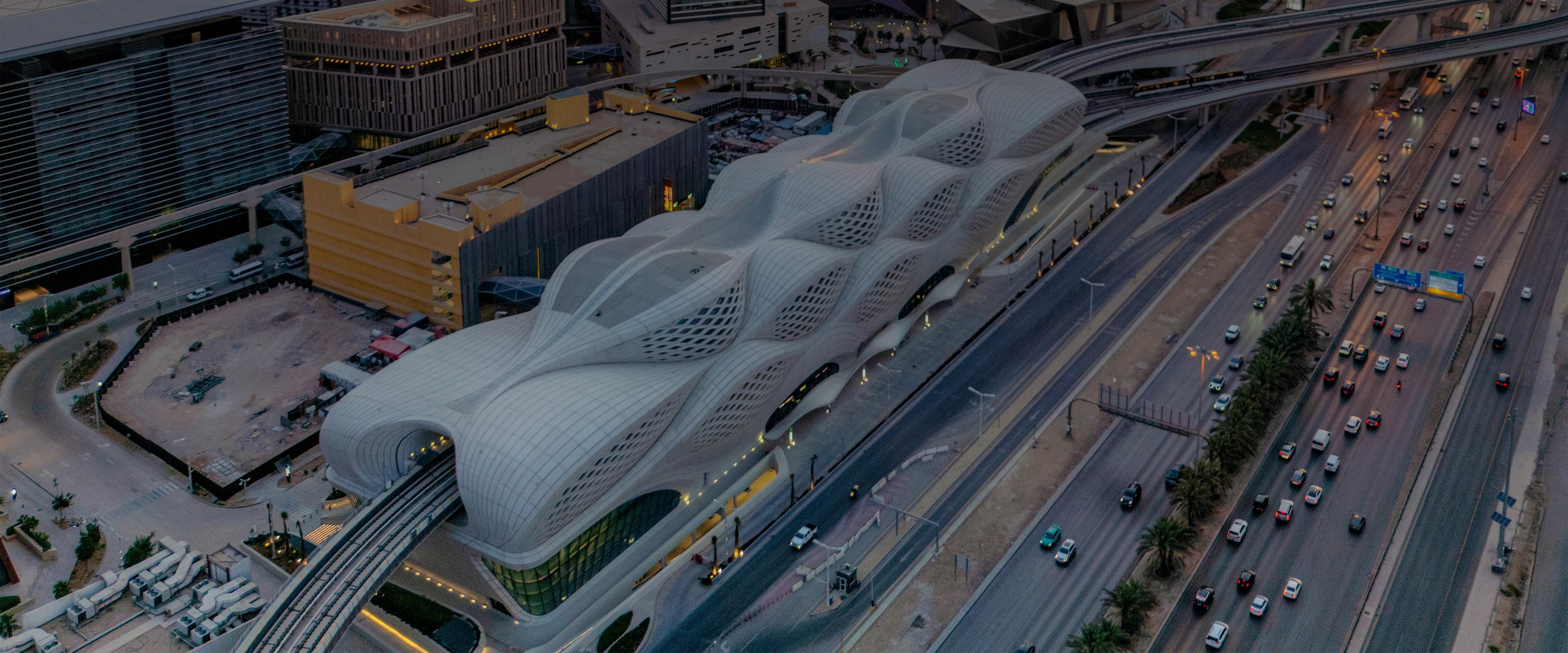
RIYADH METRO - ORANGE LINE (LINE 3), SAUDI ARABIA
The birthplace of Islam and home to its two holiest cities, Mecca and Medina, Saudi Arabia is the Middle East's sole G20 member and boasts the 19th largest GDP in the world. With a population of approximately 36 million, the Kingdom offers a captivating blend of striking desert landscapes, reminiscent of One Thousand and One Nights, and futuristic cityscapes that symbolize the cities of tomorrow. Riyadh, the capital, has long been one of the fastest-growing cities in the world. Its current population of 7.9 million is projected to surpass 8 million by 2030. The Royal Commission for Riyadh City (RCRC) has been making significant investments, particularly in infrastructure development and public transportation.
One of the most remarkable examples of Riyadh’s modern infrastructure is its advanced metro system, featuring six lines spanning 176 km. The highlight of this project is the Orange Line (Line 3), an engineering and architectural masterpiece. Its contemporary design blends seamlessly with the surrounding environment, offering a modern reinterpretation of traditional Arabian architecture.
The cuts through Riyadh, running from the west (near the Jeddah Expressway) to the east (by the National Guard Camp in Khashm El Aam), covering approximately 41 kilometres. There are currently 22 stations, with two standing out for their remarkable architectural design.
The entire expansive metro system will have the capacity to transport up to 3.6 million passengers daily.
This project aims to ensure sustainable, intermodal mobility by connecting with the city’s bus network (BRT), rail system, and airport, thereby driving the modernization of Riyadh's entire transportation infrastructure.

THE WORK AND THE TECHNIQUE
STATIONS
KM TOTAL LENGTH OF THE LINE
MULTI-STOREY PARKING GARAGES
M² ROADS/GREEN AREAS
M³ OF CONCRETE
T OF REINFORCING STEEL
Royal Commission for Riyadh City (RCRC)
ANM Consortium: Webuild (leader), L&T, Nesma, Hitachi, and Alstom
The construction of the Orange Line (Line 3) of the Riyadh Metro have taken place in a densely populated urban environment, presenting particularly challenging conditions. Average temperatures hover around 25.6 °C, with daytime summer temperatures reaching between 48 and 50 °C.
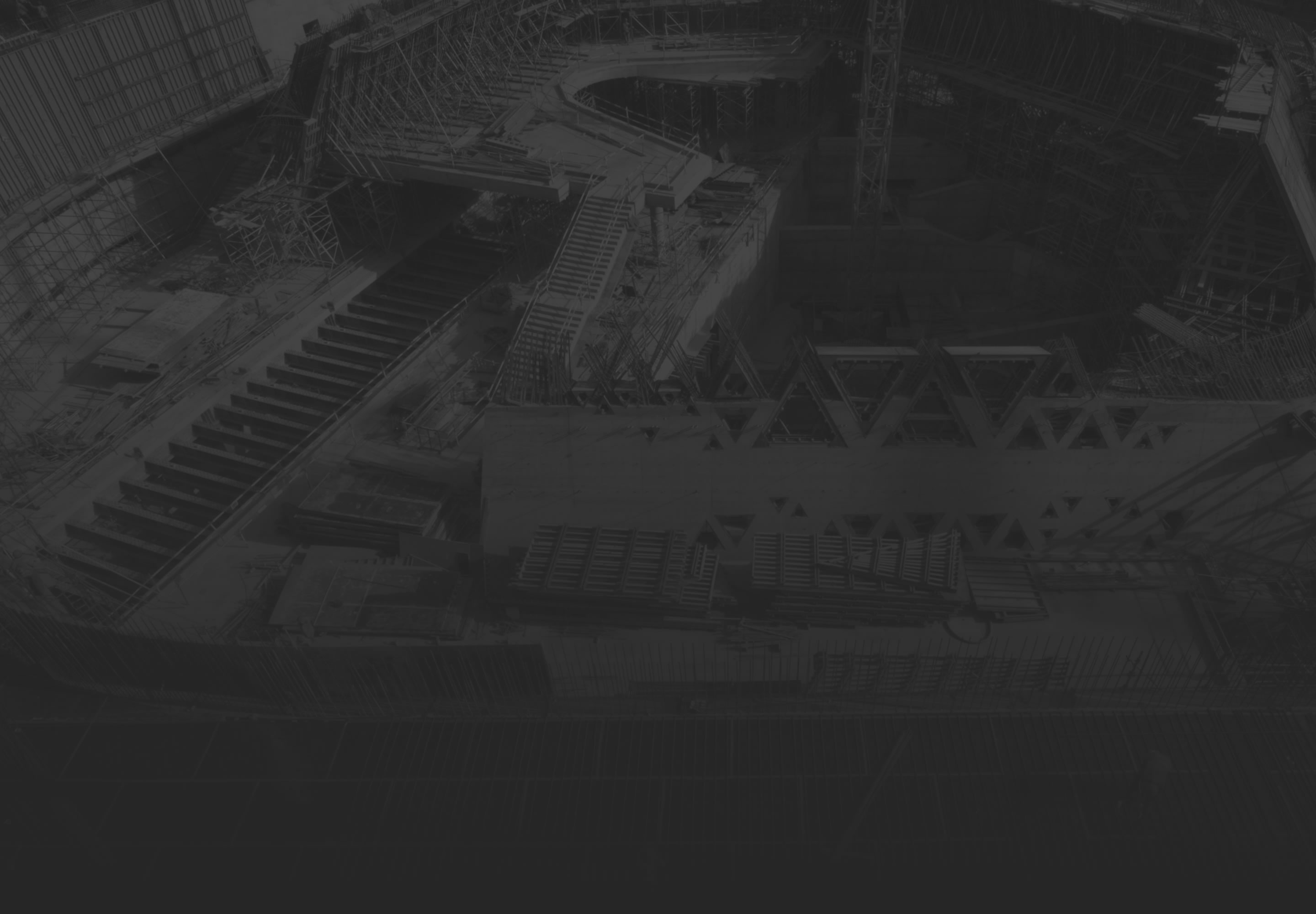
CULTURAL INSIGHTS
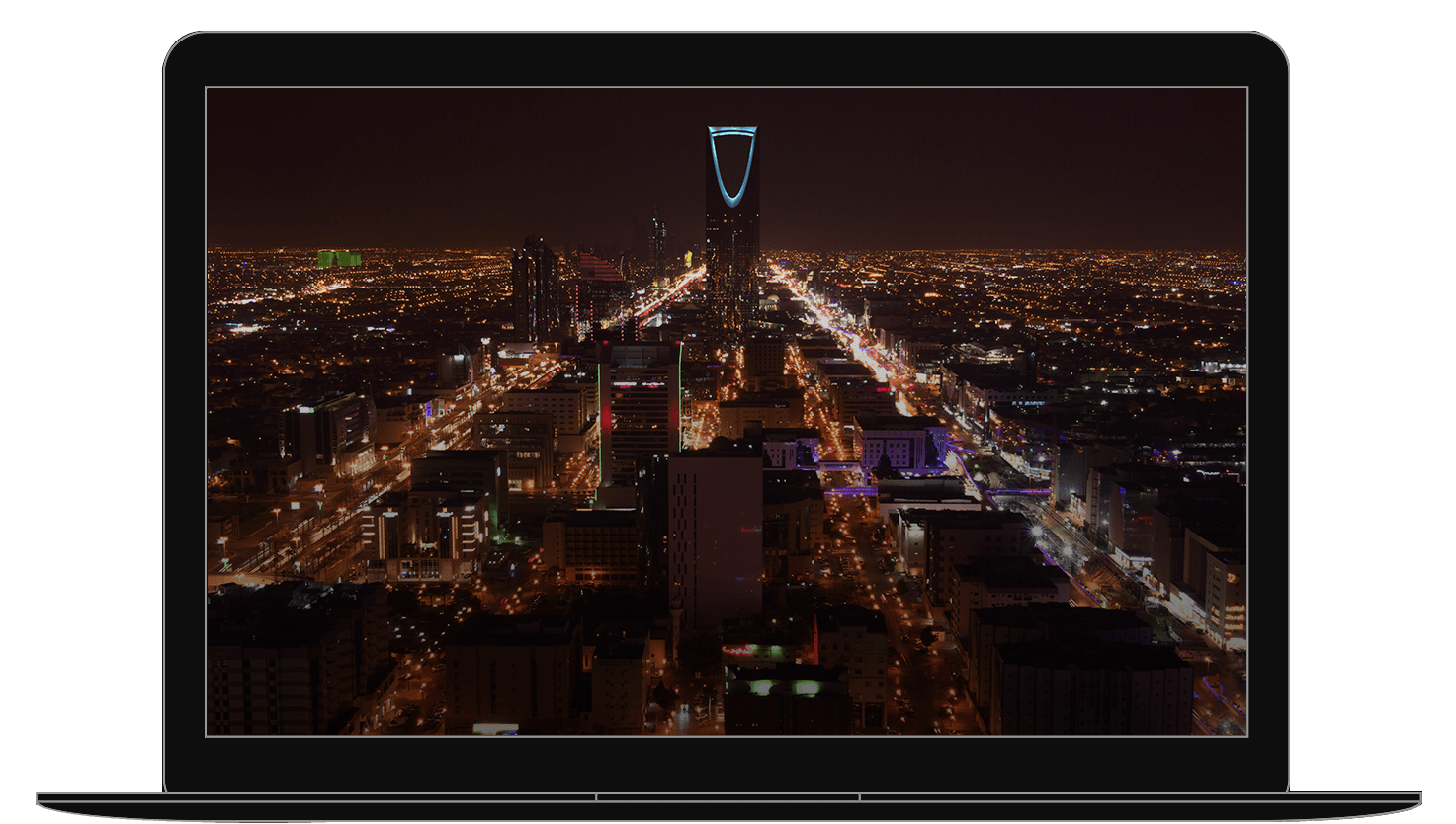
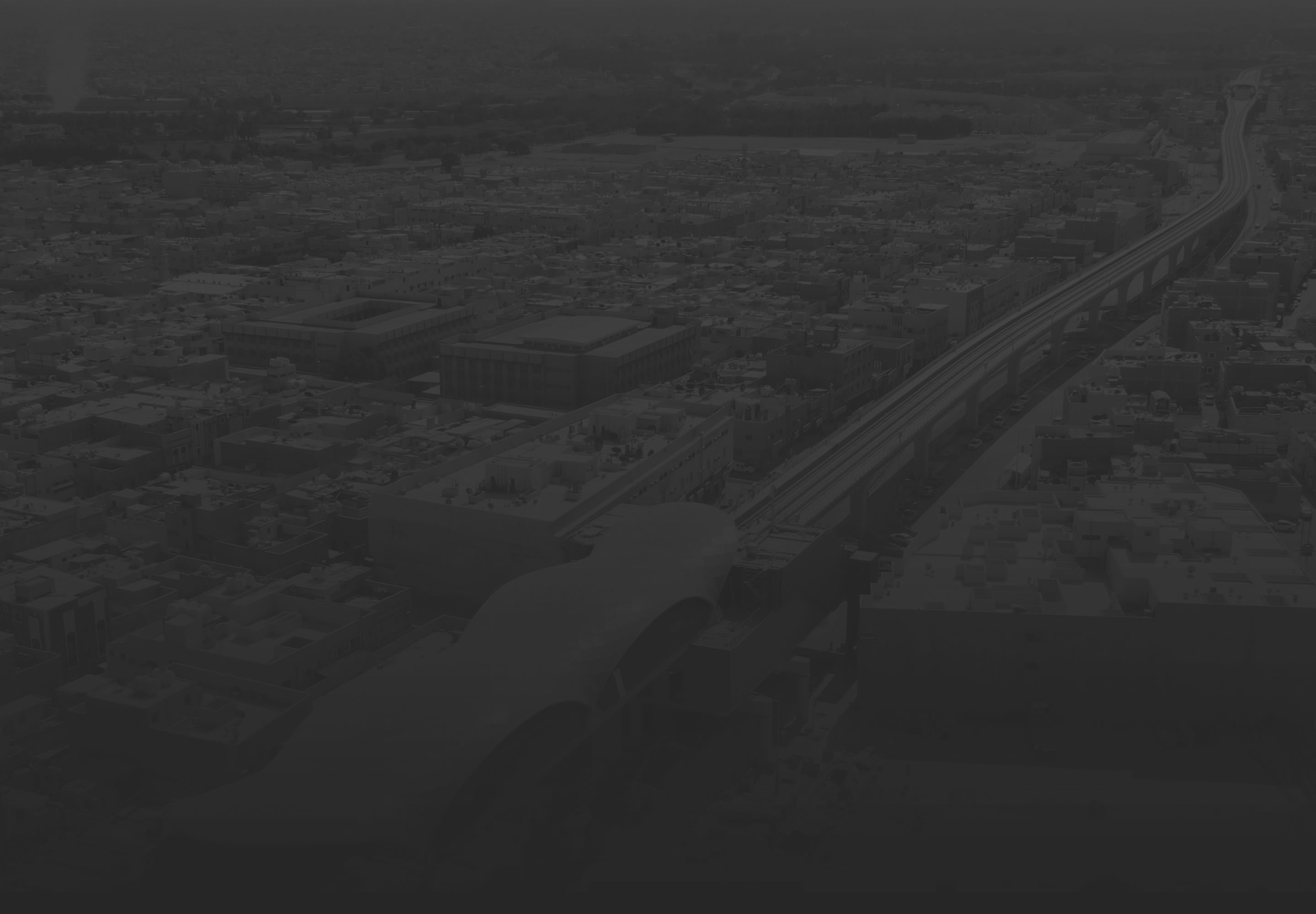
A crucial contribution to reducing air pollution and improving mobility
Riyadh is one of the largest and most densely populated cities in the MENA region (Middle East and North Africa), with a metropolitan population of 7,821,000 residents as of 2024 compared to just over 100,000 in 1950. This rapid demographic growth has resulted in heavy and congested traffic.
Due to climatic conditions, motorized transportation is essential, which has led to a continuous rise in the number of vehicles on the road. Currently, this figure has surpassed 4.8 million and is expected to increase dramatically in the coming years, especially following the recognition of women's rights to obtain driving licenses and drive in June 2018.
It is no surprise that air pollution levels are high and that air quality has been classified as "unhealthy for sensitive groups." The main pollutant - PM2.5 - records a concentration of 16 µg/m³, more than three times the level recommended by the World Health Organization.
Consequently, the Orange Line (Line 3) of the Riyadh Metro plays a crucial role in the city’s future mobility and overall environmental sustainability.
You could also be interested in






